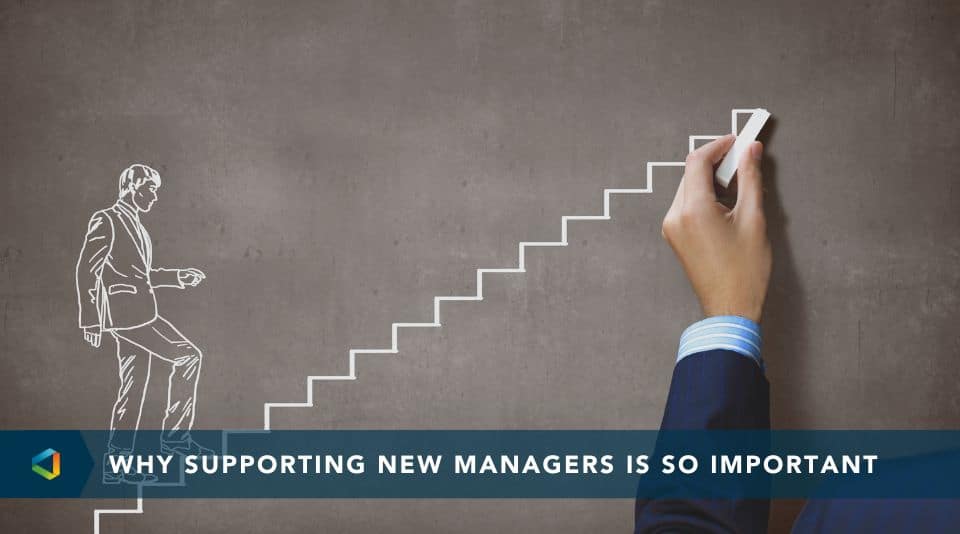No Headaches
Employee Retention Amidst Economic Turmoil
Employee Retention Amidst Economic Turmoil
As the economy fluctuates and resources tighten, what can companies do to create an environment where employees will produce their best work?
In tumultuous times, leaders often look externally at the market, clients, and prospects to ensure continued success. However, leaders must also take time to look inward at the culture of their company to ensure they are being intentional about the environment they are creating for their employees not only to survive but to thrive and give their best work.
Here are 3 ways that the best companies are working to sustain economic turmoil through cultural maturity:
1. First, create a culture that develops exceptionally happy employees. The saying goes, happy employees, create happy customers, happy customers become loyal customers, and loyal customers refer the businesses they like, which brings in more business. Happy businesses make happy employees.
Creating a culture that supports exceptionally happy employees only sometimes equates to additional expenses. Here are some ways to create happy employees and keep expenses low:
- Create clear culture principles that everyone from leadership to interns live by. This lets current and new employees know how to show up and operate within your organization's culture. Ensure your leadership agrees with and models these principles. Relentlessly pursue those cultural principles in everything your company does – thread these principles throughout your meetings, reward systems, job descriptions, and interviews. Construct stories of these principles in action within your company and embrace team members exemplifying these principles daily.
- Foster a culture that develops employees at all levels as often as possible. Not being developed is one of the three reasons why employees often leave their company. To combat that, companies need to create opportunities for employees to develop their skills. Encourage a cross-functional mindset in training and projects to strengthen collaboration across teams. When delegating tasks, highlight learning opportunities by having managers delegate their work to challenge and foster growth. Allow your employees to attend free or low-cost external events to bring back and share their learnings with the company.
- Establish an organization with a heart and a mission. Some companies naturally have a mission to the work they do – a non-profit created to help save underrepresented women's lives or a life science company dedicated to eradicating cancer. However, creating a mission-driven internal focus is essential for your organization to help them stay focused. For instance, OneDigital supports businesses with their workforce needs including employee benefits, retirement and wealth, and HR. Internally, our leadership team and company's desire is to make OneDigital a great place to work – we work hard to understand how to work with each other the best way possible, how to support and encourage each other's greatness every day by having this internal mission we make OneDigital a great place to work for all of us. #heartandhustle
2. Continuously communicate clearly throughout the company. Leadership teams must stay in sync about what is being communicated and when it is communicated by ensuring a few important:
Taking 5 minutes at the end of every meeting to ask:
- What decisions were made at this meeting?
- What are we communicating about these decisions?
Spend a few minutes creating talking points, and then share those talking points with the leadership team and mid-level managers.
- Share the news with mid-level managers ahead of sharing news with the company. Give mid-level managers a moment or more to assimilate the information, understand the talking points, be able to ask questions allows them to gain clarity and understand. Mid-level managers are as the people who receive the highest volume of questions and comments from front-line staff. Help them help you create a clear and consistent message across the organization.
Lastly, when communicating changes, ensure you are answering the four critical questions:
- What is changing?
- Who does it affect?
- Why is the change happening? Share as much information as you can
- How is this change going to affect the employees? Give them time to process the change
3. Finally, create deep levels of trust and psychological safety within your organization. When employees feel safe, they will dig in and do their best work. Trust is the foundational step to creating a high-performing organization. Promote psychological safety within your company by:
Finding out what psychological safety means to your employees. In the book, The Good Fight, Liane Davey emphasizes the four foundations of trust that support psychological safety:
- Create connection
- Earn credibility
- Demonstrate reliability
- Ooze Integrity
Ensure your mid-level managers have the best skills to manage people effectively. They are your eyes, ears, and touchpoints to your most valuable asset – your employees. Make sure they have the best skills to be the best managers and leaders possible through manager training programs. According to a SHRM report, “53% of surveyed HR managers claimed they are facing a skills gap within their organization and 72% of surveyed HR professionals claimed that their greatest challenge in finding talent was a lack of well-qualified candidates”. The best companies are ensuring managers have the skills to create happy employees. Managers will make or break an employee's career and time at a company – make sure your company creates the best employee experience through great managers.
The strategies listed above are not created by one leader, but rather, they are the focus of all the leaders of the company from mid-level managers up to C-suite leaders.
HR and business leaders can shape employee retention and satisfaction by providing opportunities for development, keeping them in the loop with clear communication, creating psychological safety, and having great managers that bring out the best in their employees.
Interested in learning more about how you can emerge successfully as a business leader in these uncertain times, check out our Retention Reset Guide.
Share
Related News & Updates

Article
Four Considerations for Employee Retention
12.06.2022



